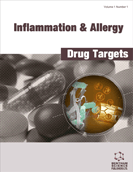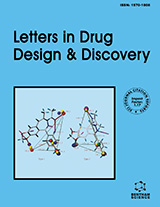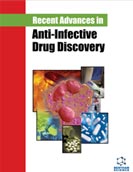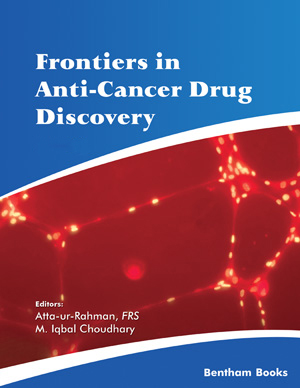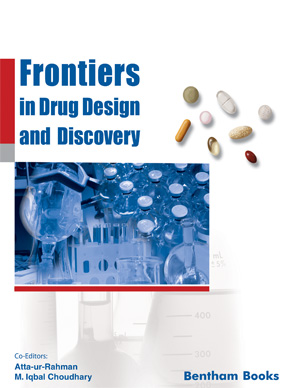Abstract
Food allergies are classified as IgE-mediated and non-IgE mediated type. The number of successful reports of immunotherapy, namely tolerance induction for food allergy (TIFA) are increasing, bringing hope for meaningful positive and radical treatment of food allergy. Therapeutic characteristics of the clinical course in TIFA for NFA are different from TIFA for IFA. Cytokines including IL-10, TGF-β and IFN-γ and regulatory cells such as Treg and Breg, are involved in immune tolerance. IFN-γ has been used for tolerance induction of food allergy as an immunomodulatory biologics. A definitive distinction between IgE-mediated and non-IgE-mediated food allergies is absolutely essential for diagnostic and therapeutic purposes. Original SOTI using IFN-γ is more effective then conventional SOTI without IFN-γ. Especially, IFN-γ is absolutely necessary for the tolerance induction of NFA. This review highlights and updates the advances in the conceptual immunological background and the clinical characteristics of oral tolerance induction for food allergy.
Keywords: Food allergy, IFN-γ, IgE-mediated food allergy, non-IgE-mediated food allergy, oral tolerance induction, tolerance, immunotherapy, Oral immunotherapy, Specific oral tolerance induction
Inflammation & Allergy - Drug Targets (Discontinued)
Title: Oral Tolerance Induction for Human Food Allergy
Volume: 11 Issue: 2
Author(s): Geunwoong Noh and Jae Ho Lee
Affiliation:
Keywords: Food allergy, IFN-γ, IgE-mediated food allergy, non-IgE-mediated food allergy, oral tolerance induction, tolerance, immunotherapy, Oral immunotherapy, Specific oral tolerance induction
Abstract: Food allergies are classified as IgE-mediated and non-IgE mediated type. The number of successful reports of immunotherapy, namely tolerance induction for food allergy (TIFA) are increasing, bringing hope for meaningful positive and radical treatment of food allergy. Therapeutic characteristics of the clinical course in TIFA for NFA are different from TIFA for IFA. Cytokines including IL-10, TGF-β and IFN-γ and regulatory cells such as Treg and Breg, are involved in immune tolerance. IFN-γ has been used for tolerance induction of food allergy as an immunomodulatory biologics. A definitive distinction between IgE-mediated and non-IgE-mediated food allergies is absolutely essential for diagnostic and therapeutic purposes. Original SOTI using IFN-γ is more effective then conventional SOTI without IFN-γ. Especially, IFN-γ is absolutely necessary for the tolerance induction of NFA. This review highlights and updates the advances in the conceptual immunological background and the clinical characteristics of oral tolerance induction for food allergy.
Export Options
About this article
Cite this article as:
Noh Geunwoong and Ho Lee Jae, Oral Tolerance Induction for Human Food Allergy, Inflammation & Allergy - Drug Targets (Discontinued) 2012; 11 (2) . https://dx.doi.org/10.2174/187152812800392869
| DOI https://dx.doi.org/10.2174/187152812800392869 |
Print ISSN 1871-5281 |
| Publisher Name Bentham Science Publisher |
Online ISSN 2212-4055 |
 20
20Related Articles
-
Antioxidants and Mucolytics in COPD Management: When (if ever) and in Whom?
Current Drug Targets Dietary Nitrite in Nitric Oxide Biology: A Redox Interplay with Implications for Pathophysiology and Therapeutics
Current Drug Targets CCR5 as Target for HIV-1 Gene Therapy
Current Gene Therapy Design of β-turn Based Therapeutic Agents
Current Pharmaceutical Design Fyn Kinase in Brain Diseases and Cancer: The Search for Inhibitors
Current Medicinal Chemistry Modulation of Renal Tubular Cell Survival: Where is the Evidence?
Current Medicinal Chemistry Barrier Strengthening and Anti-inflammatory Effect of Cucurbit Fruits on Intestinal Epithelial Cells In-vitro
Current Nutrition & Food Science ADAM9 as a Potential Target Molecule in Cancer
Current Pharmaceutical Design Synthetic Vaccines: The Role of Adjuvants in Immune Targeting
Current Medicinal Chemistry Mambalgins, the Venom-origin Peptides as a Potentially Novel Group of Analgesics: Mini Review
CNS & Neurological Disorders - Drug Targets Pharmacophore Modelling: A Forty Year Old Approach and its Modern Synergies
Current Medicinal Chemistry Modifying TNF alpha for Therapeutic Use A Perspective on the TNF Receptor System
Mini-Reviews in Medicinal Chemistry Importance of Propellants and Excipients in Pharmaceutical Topical Aerosol
Current Drug Delivery Signal Transduction Pathways of Inflammatory Gene Expressions and Therapeutic Implications
Current Pharmaceutical Design Short Peptide Modules for Enhancing Intestinal Barrier Function
Current Pharmaceutical Design Lipid Lowering Agents and the Endothelium: An Update after 4 Years
Current Vascular Pharmacology Ulnar Artery Thrombosis Due to Hypothenar Hammer Syndrome
Recent Patents on Cardiovascular Drug Discovery Traditional Medicine - A Possible Stop Codon for COVID-19
Current Traditional Medicine Molecular Therapeutics of HBV
Current Gene Therapy Combining Chemotherapy with Immunotherapy in Colorectal Cancer: A Review
Clinical Cancer Drugs


